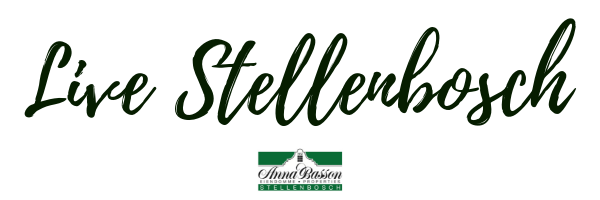Did you know we use many Dutch KhoiSan place names in our everyday lives? I believe Namaqua, Obikwa and Outeniqua are examples of this. Read below for some more names that have been used at least since 1727 (from a book by Peter Kolbe with map - 1727).
NAMAQUA - Place name with the suffix "-qua" (like namaqua) indicates which community lived in that area ("-qua / -kwa" means "PEOPLE"). The Nama was the largest of the Khoekhoe communities and lived around the Orange River as well as in Namibia. They were traditionally pastoralists while the San were mostly hunter-gatherers. Today, Namakwaland is famous for its flowers between late July and October as well as for it's Namaqua box wine.
HOUTENIQUA / OUTENIQUA - According to the 1727 map, the Houteniqua people lived along the South Coast, more or less where the Garden route is today. Most South Africans are familiar with the Outeniqua Mountains and the Outeniqua Hiking Trail. According to some sources, the name Outeniqua means "they who bear honey".
SONQUAS - the name Sonquas is no longer used a lot, but in military history, Sonquasdrift (in the Berg River) was a place where many skirmishes took place between the San, the Afrikaans burghers and the English (in the 1600's). After Willem Adriaan van der Stel seized the Tulbagh area for development (the Land van Waveren), a farm called Sonquasdrift was established there (read more about it here).
OBIQUA - Obikwa is the name of one of Distell's popular wines. According to the 1727 map, the Obiqua community lived in the vicinity of Oudshoorn. I'm not sure if the wine's name comes from this community, but the ostrich logo on the Obikwa wine bottle might be a clue.
HESSEKWA - Hessequa is a local municipality between the Lower Breede River and the Gourits River. It is in this area where the famous blombosgrotte are. The name Hessequa apparently means "people of the trees".
COCHOQUAS - I first heard of the Cochoqua people in 2016 at the Anna Basson trailrun series. The Cochoqua people was apparently one of the largest and richest Khoi communities in the Berg River and Drakenstein Valleys. Their leader, Gonnema, was instrumental in their success. On the map, "Kochoquas" is indicated near "Simon's valley" i.e. along the Berg River (Franschhoek/Simondium).
TANKWA / DANQUAS (?) - I think the name Dunquas mutated to "Tankwa" through the years. On the map it appears more or less where the Tankwa Karoo National Park is today - between the Cederberg and the Great Karoo. According to the park, the origin of the word "Tankwa" is unknown, but it may refer to "turbid water", "Place of the san" or "thirsty land".
ATTAQUAS - The Attakwaskloof Pass is a well-known historic ox wagon route over the Outeniqua mountains, today used by 4x4 enthusiasts, cyclists and trail runners. The Attakwas MTB challenge is known as SA's "toughest extreme one-day mountain bike race". On the old Dutch map, Attaquas is indicated north of the Olifants River, but today the name appears in the garden route. Click here for Country Life's article on the Attakwas ox wagon trail:
Measuring about 50 kilometres in length, Attaquaskloof Pass was in use from 1689 until 1869, after which it was replaced by the shorter and less taxing Robinson’s Pass. In 1842 alone the official number of wagons that used it was 4 280.
GAMTOOS / CHAMTOUERS - The Gamtoos River is part of the confluence of the Groot River, Kouga and Baviaanskloof Rivers in the Eastern Cape. The name was written by the early Dutch as "Gamtousch" or "Chamtouers", but simplified to "Gamtoos" in Afrikaans. On the map, the Chamtouers community is shown to have lived north of the Houteniqua, more or less where the Gamtoos Valley is today.
Click on the map below to see the full Dutch map. Feel free to comment if you have any more information on this history!

